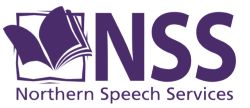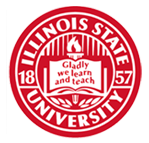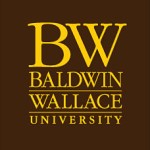Abstract
Human anatomy and physiology is considered one of the most difficult courses a student can take in a pre-health professional major in the US (Slominski, et. al., 2017). Research has revealed benefits of the use of art and anatomy within medical education, including improved clinical observational skills, greater understanding of disease and patient perspectives, and greater ability to empathize (Bell & Evans, 2014). Bell and Evans (2014) argue that observational skills are often overlooked in medical education. Use of art assignments in a graduate anatomy and physiology course will be discussed with reference to design and learning outcomes. The purpose of this study was to evaluate the relationship between art and medical education for audiology students. This study aimed to incorporate STEAM education (art assignments, the teaching effect, and community outreach) into audiology curriculum. Auburn University’s Au.D. class of 2022 participated in this study, consisting of 10 students. The Student Assessment of Learning Gains (SALG) questionnaire was conducted and provided qualitative and quantitative evidence supporting the integration of art in the Doctor of Audiology curriculum. BASE (pre) and SALG (post) outcomes assessed that the use of STEAM assignments can help improve the retention of the anatomy and physiology within of the auditory system. Cross-tabulations of pre and post course responses show a positive increase in student understanding of course material. A positive perception that art assignments enhanced student confidence and clinical observation skills related to the course was observed. Many students felt they had a great gain in understanding covered topics. The effects of utilizing the teaching effect and community outreach were also positively seen by student participants. Students’ opinions following coursework and cross-tabulations support a place for art in health education and healthcare.
Recommended Citation
Weaver, A.,
Wheat, A.,
Riffle, T.,
Powell, C.,
Leonard, L.,
Prickett, R.,
Hill, A.,
&
Molt, L.
(2023).
Can the Use of Art and Active Learning Improve Retention and Observational Skill Confidence Among Audiology Graduate Students.
Teaching and Learning in Communication Sciences & Disorders, 7(3).
DOI: https://doi.org/10.61403/2689-6443.1262





